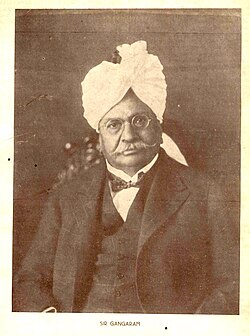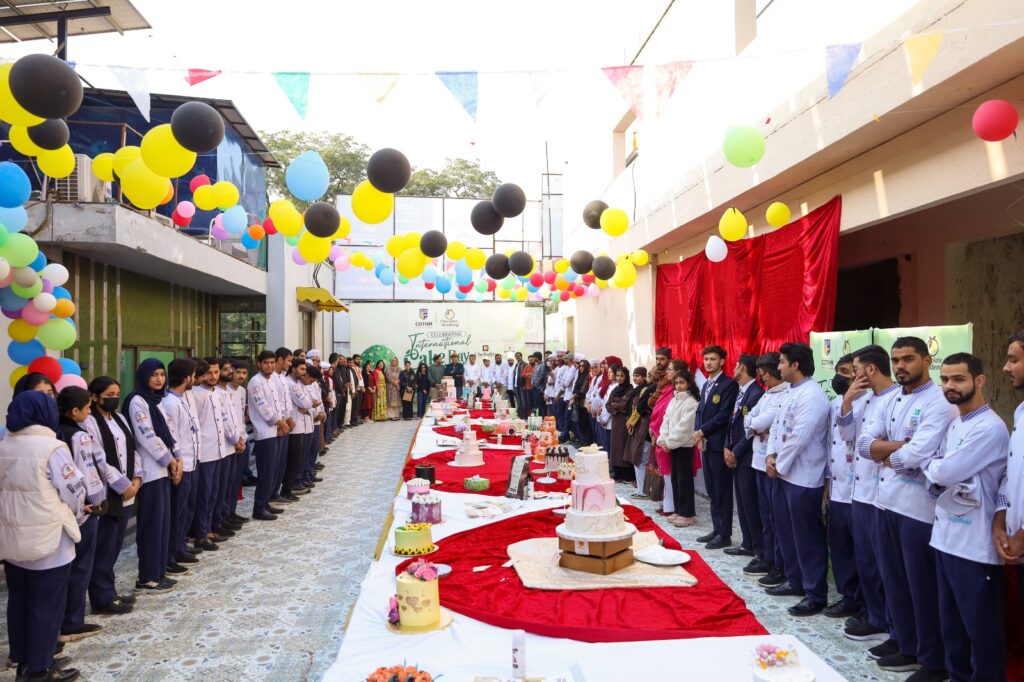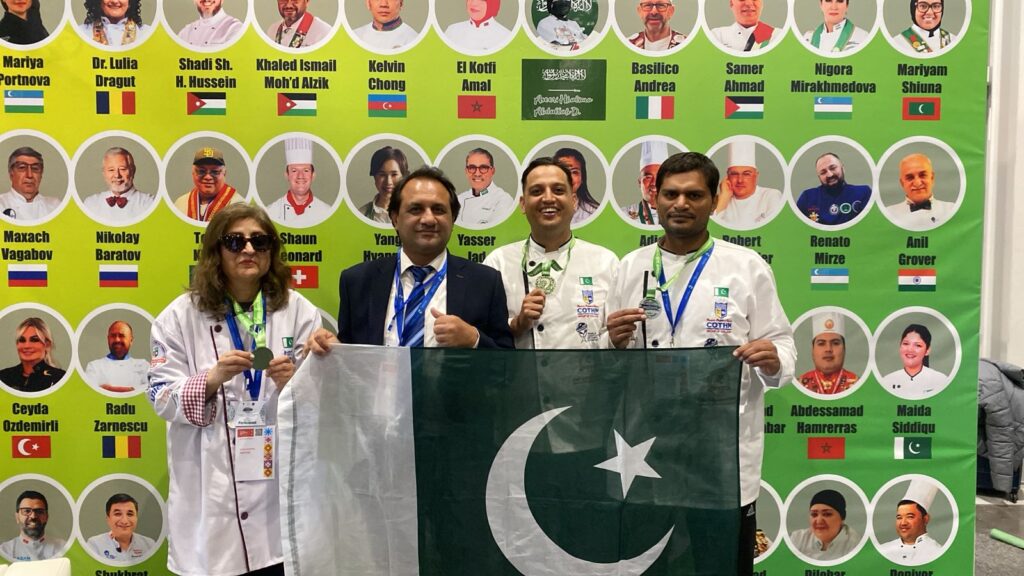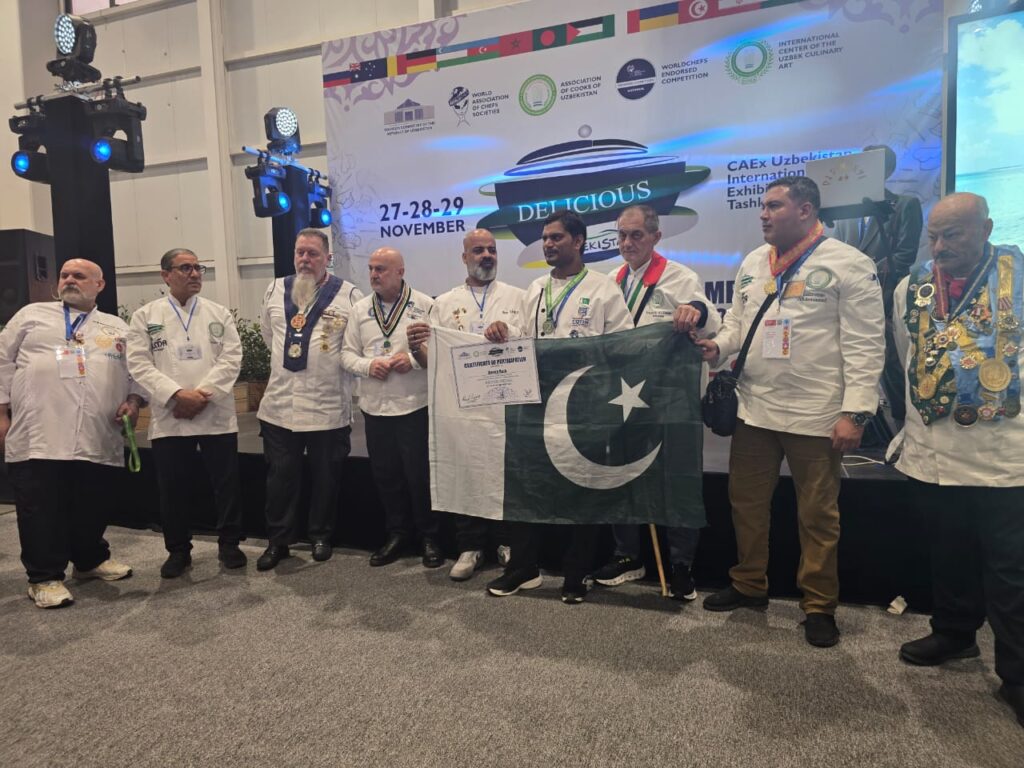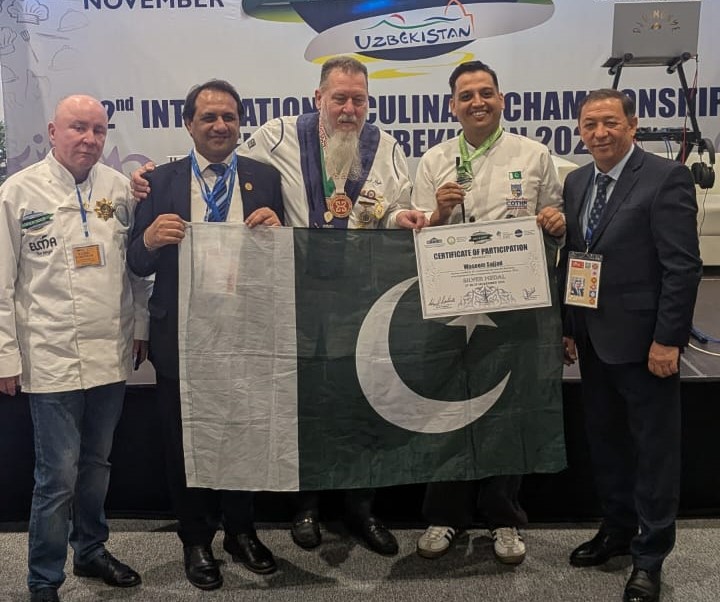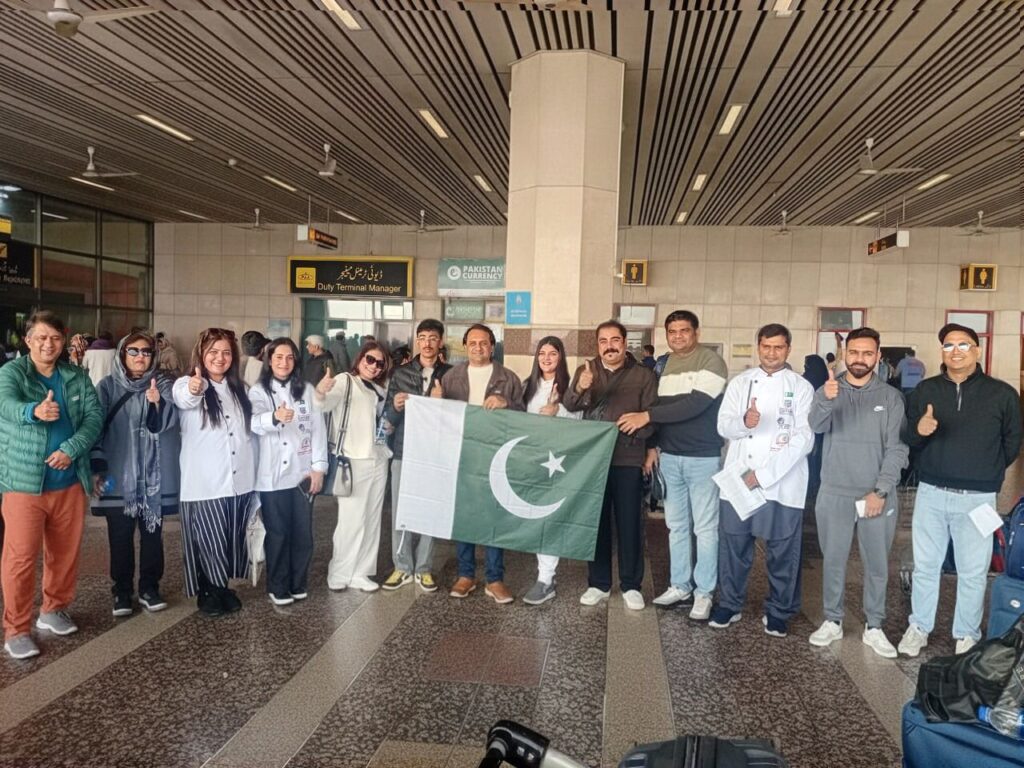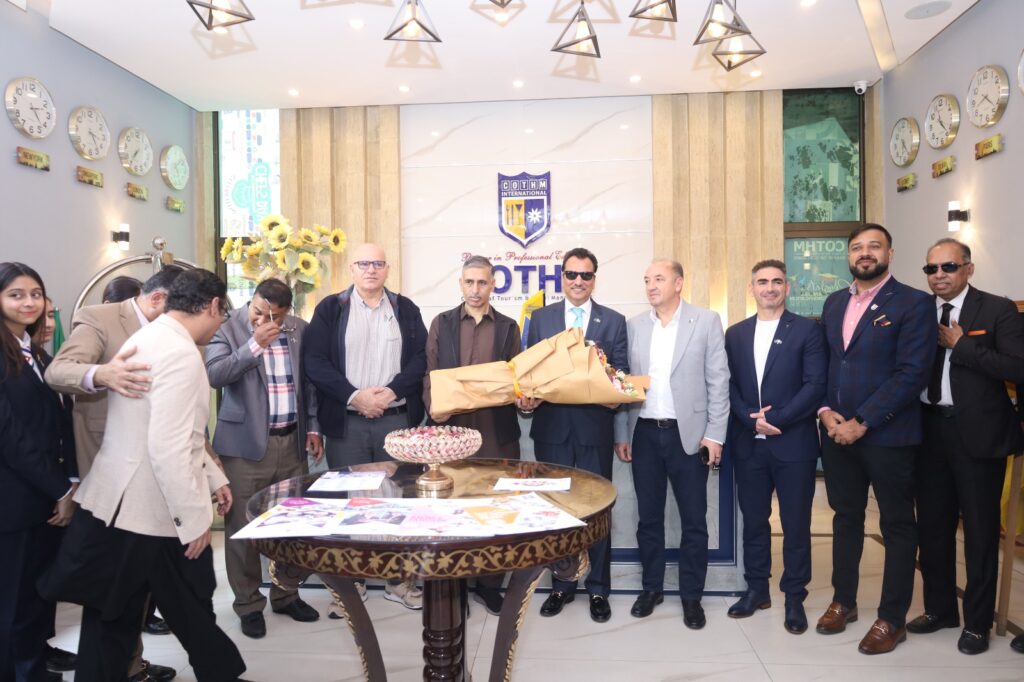Rai Bahadur Sir Ganga Ram was an architect and a civil engineer. Because of his contributions to the urban fabric of Lahore, he was known as “the father of modern Lahore”.
Ganga Ram Agrawal was born on 22 April 1851 in Mangtanwala, Punjab (now in Pakistan). His father, Doulat Ram Agrawal was a junior sub-inspector in Mangtanwala.
Ganga Ram completed his education from Government High School and joined the Government College, Lahore in 1869. In 1871, he got a scholarship in Thomason Civil Engineering College at Roorkee and passed the final exams with a gold medal in 1873.
Later, he was appointed as the assistant engineer and called to Delhi to help in Imperial Assemblage.
After servicing in Punjab P.W.D for a very short period in 1873, he started practical farming. He took government’s 50,000 acres of barren, un-irrigated land on lease in Montgomery District, and within 3 years he converted that land into an irrigated one.
He irrigated the land by a hydroelectric plant running through a thousand miles of irrigation channels, all constructed at his own cost; this was the biggest private enterprise in the country at that time. By this operation, Sir Ganga Ram earned millions and gave most of his earnings to charity.
Ganga Ram was elected by Lord Curzon to act as a superintendent in the Imperial Durbar in 1900 to be held in connection with the accession of King Edward VII. He finished the work at the Darbar despite many problems and challenges. Ganga Ram retired from his service in 1903.
In 1903, he received the title of Rai Bahadur and on June 26, 1903, he was appointed as a Companion of the Order of the Indian Empire (CIE) at the Delhi Durbar.
On December 12, 1911, he was appointed as a Member Fourth Class (present-day Lieutenant) of the Royal Victorian Order (MVO).
On July 8, 1922, he was personally invested with his honour at Buckingham Palace by the King-Emperor George V.
Ganga Ram designed and built many buildings including Lahore General Post Office, Aitchison College, National College of Arts, Lahore Museum, Ganga Ram Hospital Lahore, Lady Mclagan Girls High School, the Albert Victor wing of Mayo Hospital, Sir Ganga Ram High School (now Lahore College for Women University), and Ravi Road House for the Disabled. He also constructed Model Town and Gulberg Town, Lahore.
After the partition of India and Pakistan, Sir Ganga Ram Hospital, New Delhi was also built in his memory in 1951.
Ganga Ram died in London on July 10, 1927. His body was cremated and his ashes were brought back to India. A small portion of his ashes were consigned to Ganges River and the rest were buried in Lahore on the bank of the Ravi River.10

